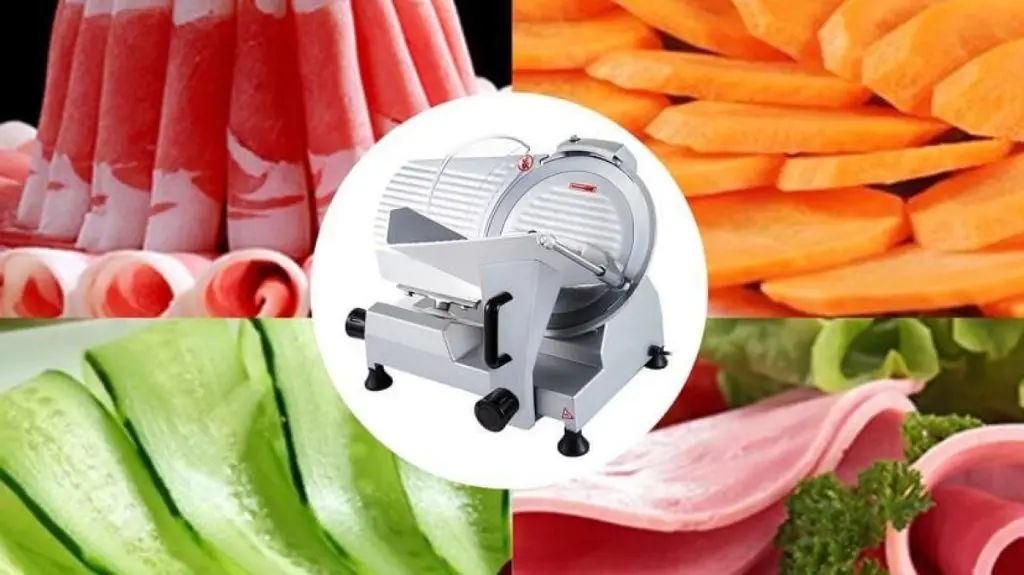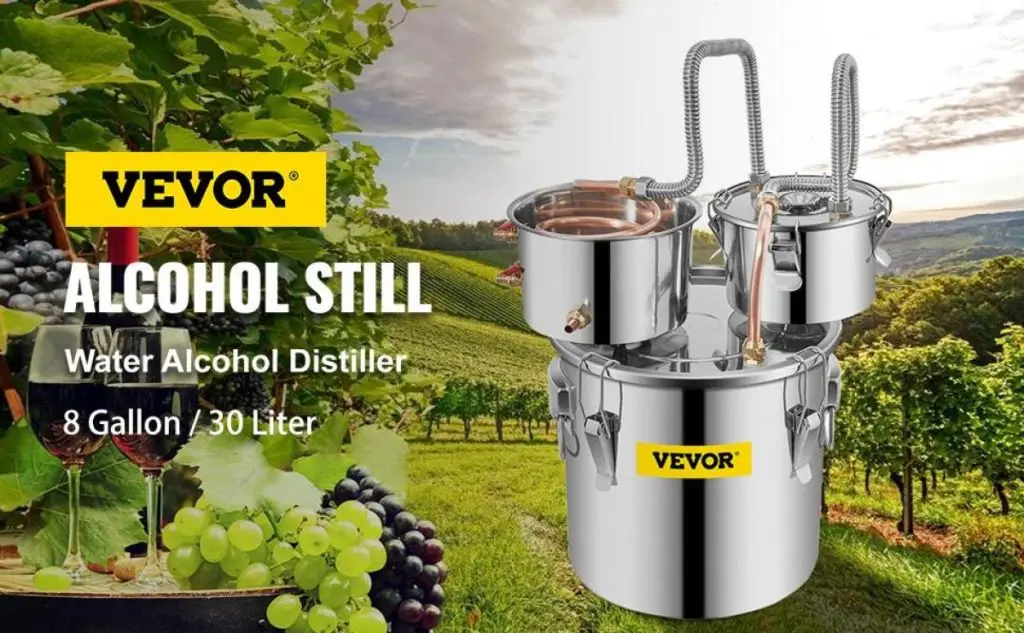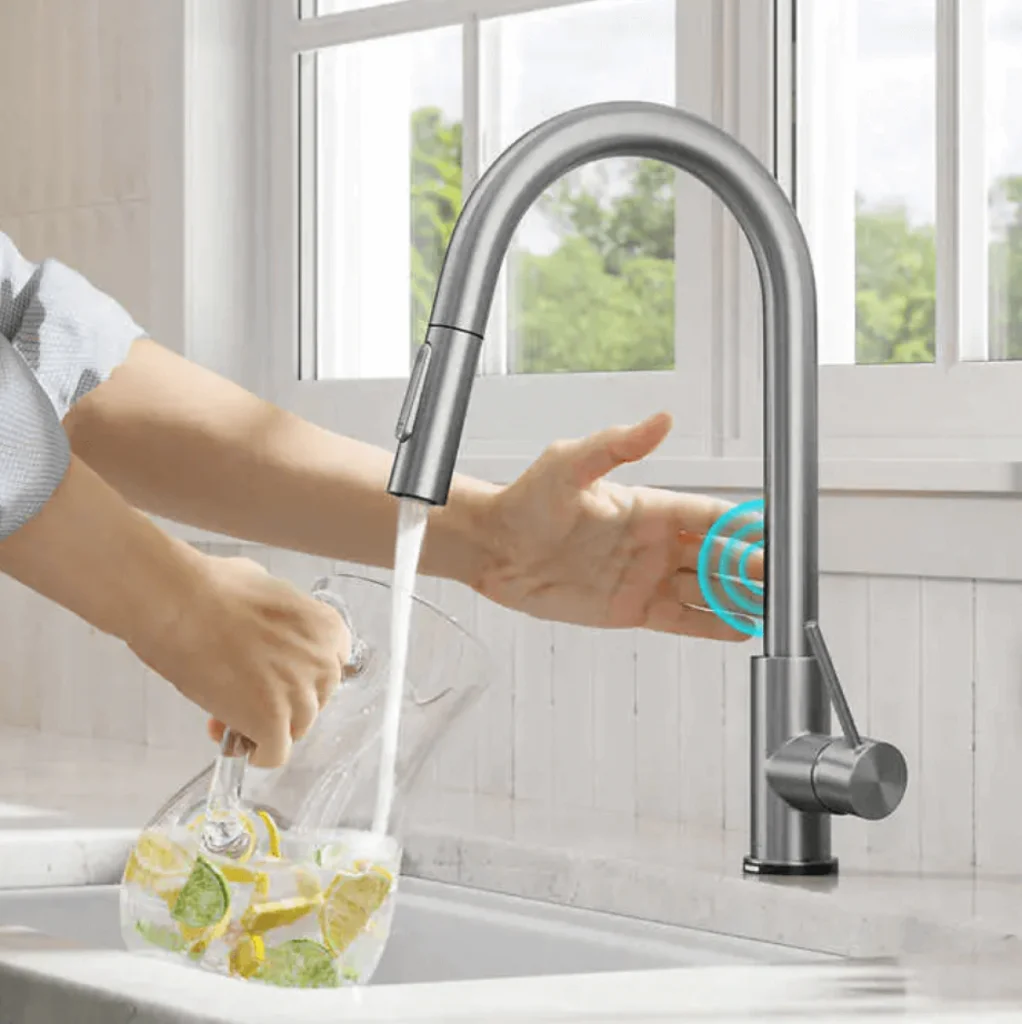Meat grinders have become a fundamental fixture in kitchens worldwide, catering to the demands of both professional chefs and passionate home cooks. These devices have become indispensable for those who seek control over the texture and quality of their ground meat, whether it’s for a homemade burger patty or personalized meat blends.
The VEVOR meat grinder is like a trustworthy friend for folks who enjoy turning meat into a masterpiece. With a diverse range of models catering to various needs, the VEVOR Grinder boasts impressive specifications and features that elevate it to the forefront of the market.
This exploration will delve into the fundamental components, operating principles, and technological innovations that collectively define the anatomy of the grinder.
Let’s get started!
Table of contents
The Mechanics Behind Meat Grinders
Meat grinders, though seemingly simple in appearance, conceal a sophisticated interplay of components working in harmony to transform raw meat into finely ground perfection.
If you are wondering how a meat grinder works then stay with us!
The seamless integration of the following essential parts contributes not only to the functionality but also to the safety of the meat grinder, positioning it as a reliable and efficient kitchen tool.
Grinder Head
At the core of every meat grinder lies the grinder head—a robust housing unit designed to provide structural integrity and a stable platform for critical components. It is within this unit that the transformative process of grinding takes shape.
Extruder
This is the auger, a helical rod situated within the grinder head that serves as the instrumental force propelling raw meat towards the blades and plates. Its controlled, rotational movement ensures a consistent and directed flow throughout the grinding process.
Blade and Plate
The blade, a pivotal element in meat grinding, acts as a precision sculptor, skillfully slicing and dicing the meat into manageable portions. Working in tandem with the blade is the plate—a perforated disc offering a spectrum of hole sizes to determine the coarseness or fineness of the ground meat.
Essential Parts Completing the Ensemble
- Feeding Tube: Guides the raw meat into the grinder head.
- Locking Ring: Ensures the stability and integrity of the grinder head during operation.
- Pusher: Facilitates the controlled advancement of meat through the feeding tube.
The journey from raw meat to finely ground perfection begins as meat is introduced into the feeding tube and guided toward the auger. The auger’s rotational movement propels the meat towards the precision blade, where it undergoes meticulous cutting.
Simultaneously, the meat is pressed through the perforated plate, defining the ultimate texture of the ground product. This controlled interplay between the blade and plate allows for a customized and nuanced approach to grinding.
Types of Meat Grinders
The world of meat grinders is diverse, presenting users with a range of options tailored to specific needs. From compact kitchen models to heavy-duty industrial units, understanding the different types available in the market is paramount for informed decision-making.
Manual Meat Grinders
Design and Operation
Manual meat grinders are characterized by their simplicity and reliance on hand-cranking for operation. These grinders are suitable for individuals seeking a traditional, hands-on approach to meat processing.
Ideal Use Cases
- Home kitchens with moderate meat processing needs.
- Outdoor activities such as camping and hunting.
Electric Meat Grinders
Design and Operation
Electric meat grinders are powered by an electric motor, offering increased efficiency and reducing the physical effort required. They often come equipped with various speed settings and motor power options.

Ideal Use Cases
- Home kitchens with frequent meat processing demands.
- Small to medium-sized butcher shops and delis.
Commercial-Grade Meat Grinders
Design and Operation
Engineered for heavy-duty use, commercial-grade meat grinders are designed to handle large volumes of meat. They typically feature powerful motors, durable construction, and enhanced functionalities.
Ideal Use Cases
- Large-scale meat processing facilities.
- Butcher shops and meatpacking plants.
Attachment Grinders for Stand Mixers
Design and Operation
These grinders are attachments compatible with popular stand mixers. They leverage the power of the stand mixer to grind meat efficiently.
Ideal Use Cases
- Home kitchens with a stand mixer.
- Individuals seeking a compact and multifunctional solution.
Specialized Grinders for Sausage Making
Design and Operation
Specifically tailored for sausage enthusiasts, these grinders often come with additional attachments and features for stuffing sausages.
Ideal Use Cases
- Home cooks who are passionate about sausage making.
- Small-scale sausage production.
Industrial-Grade Meat Grinders
Design and Operation
Engineered for high-volume and continuous use, industrial-grade meat grinders are characterized by their robust construction, advanced features, and the ability to process various types of meat efficiently.
Ideal Use Cases
- Large-scale food processing plants.
- High-capacity meat production facilities.
Step-by-Step Guide: How to Use a Meat Grinder
Using a meat grinder is a straightforward process that, when done correctly, ensures efficient and safe food preparation. Follow this step-by-step guide to get the answer of your question of how to use a meat grinder:
Assemble the Meat Grinder
Begin by assembling the grinder according to the manufacturer’s instructions. Typically, this involves attaching the grinder head, auger, blade, and plate. Ensure all components are securely in place.
Choose the Right Cut of Meat
Select a cut of meat that aligns with your culinary preferences. Whether it’s beef, pork, chicken, or a blend of meats, choosing the right cut with an appropriate fat-to-lean ratio is crucial for optimal results.
Prepare the Meat
Trim excess fat and connective tissue from the meat, as these can affect the texture of the ground meat. Cut the meat into smaller chunks that easily fit into the feeding tube of the grinder.
Pre-freeze the Meat
For better results, consider placing the meat in the freezer for a short period before grinding. This helps firm up the meat, making it easier to achieve a clean and precise grind.
Set Up a Clean Work Area
Ensure your workspace is clean and well-organized. Place a bowl or tray beneath the grinder’s spout to catch the ground meat, and have additional containers ready for any excess meat.
Turn on the Grinder
If using an electric grinder, turn it on and allow it to reach full speed before feeding the meat. For manual grinders, begin cranking the handle in a steady and controlled manner.
Feed the Meat Into the Grinder
Start feeding the prepared meat chunks into the feeding tube. Use the pusher to guide the meat towards the auger and blades. Maintain a consistent pace to ensure an even grind.
Choose Your Grinding Plate
Depending on your desired texture, choose the appropriate grinding plate. Coarse plates are suitable for dishes like sausages, while fine plates are ideal for ground meat used in burgers or meatloaf.
Collect the Ground Meat
As the meat is ground, it will emerge from the grinder’s spout. Direct it into the collecting bowl or tray. For larger quantities, periodically pause to empty the collection container.
Clean the Grinder
After grinding, disassemble the grinder and clean each component thoroughly. Follow the manufacturer’s guidelines for cleaning and maintenance to ensure longevity and hygiene.
Designed with user convenience in mind, the VEVOR grinder facilitates easy disassembly and cleaning, ensuring hygiene standards are met with minimal effort.
Store the Ground Meat
If not using the ground meat immediately, store it in airtight containers in the refrigerator or freezer to maintain freshness.
The VEVOR heavy duty electric meat grinder is equipped with a robust motor that ensures efficient and consistent grinding, making it suitable for both domestic and light commercial use.
By following this comprehensive step-by-step guide, you can confidently navigate the process of using a meat grinder, transforming raw meat into precisely ground textures for a variety of culinary delights.
Creative Uses for a Meat Grinder
While meat grinders are primarily designed for grinding various cuts of meat, their versatility extends to a myriad of culinary applications. From crafting flavorful sausages to preparing specialized blends of ground meat, the possibilities are abundant.
Additionally, the grinder proves invaluable in creating custom meat blends for burgers, meatballs, and meatloaf, allowing for precise control over flavors and textures. here are some creative uses of meat grinders:
Sausage Making
By blending meats and adding herbs or spices, you can create personalized sausage blends, elevating your culinary creations.
Vegetable Grinding
Beyond meat, meat grinders excel in processing vegetables. Transform firm vegetables like carrots, bell peppers, or onions into finely minced textures, ideal for incorporating into recipes such as salsas, relishes, or vegetable patties.
Nut Butters and Pastes
Harness the grinder’s power to create homemade nut butters or pastes. Simply feed roasted nuts or seeds through the grinder, adjusting the coarseness to achieve the desired consistency.
Bread Crumbs
Repurpose stale bread into fresh breadcrumbs by running it through the grinder. Customize the coarseness for different recipes, adding a homemade touch to your culinary creations.
Cheese Shredding
Utilize the grinder for shredding hard cheeses like Parmesan or Pecorino. This provides a convenient alternative to pre-packaged grated cheese, ensuring freshness and optimal flavor.
VEVOR’s Grinder: Catering to Diverse Grinding Needs
The VEVOR meat grinder distinguishes itself by offering a versatile platform to cater to diverse grinding needs. Its robust motor and well-engineered components empower users to explore beyond conventional meat grinding.
Multi-functional Design
VEVOR’s grinder is engineered to handle various ingredients, from meats to vegetables and nuts, providing a comprehensive solution for creative culinary pursuits.
Adjustable Grinding Options
The grinder features adjustable settings for coarseness, allowing users to customize textures according to specific recipes or personal preferences.
Safety Features
Incorporating safety mechanisms such as overload protection, VEVOR’s grinder ensures a secure and controlled grinding experience across a range of applications.
Maintenance and Cleaning Tips
Maintaining a meat grinder in optimal condition is essential for consistent performance and longevity. Here, we provide a comprehensive guide on how to keep your meat grinder in top-notch shape, covering cleaning, storage, and tips to enhance its lifespan.
Here’s how to Keep Your Meat Grinder in Top Condition
Regular Inspection
Before each use, inspect the grinder for any signs of wear or damage. Ensure all components, including the grinder head, blades, and plates, are securely in place.
Preventative Lubrication
If your grinder has any moving parts or gears, consider applying food-grade lubricant to prevent friction and ensure smooth operation. Consult the manufacturer’s guidelines for suitable lubricants.
Avoid Overloading
To prevent strain on the motor and other components, avoid overloading the grinder with excessive amounts of meat. Opt for smaller batches, allowing the machine to operate efficiently.
Temperature Considerations
When grinding meat, it’s advisable to keep the meat and grinder components cold. Cold meat ensures a cleaner and more efficient grind, reducing the risk of overheating.
Guidance on Cleaning, Storage, and Ensuring Longevity
Disassembly for Cleaning
After each use, disassemble the grinder and clean each component thoroughly. Use warm, soapy water and a brush to remove any meat residues, fats, or other particles. Avoid submerging electrical parts in water.
Immediate Cleaning
To prevent the buildup of dried meat or residues, clean the grinder immediately after use. Prompt cleaning ensures that the components are easier to clean and maintain.
Air Drying
Allow all components to air-dry completely before reassembling the grinder or storing it. Moisture can lead to rust or bacterial growth, compromising both the performance and hygiene of the machine.
Storage Considerations
Store the grinder in a cool, dry place to prevent rust and maintain the integrity of its components. If storing for an extended period, consider applying a light coating of food-grade mineral oil to metal parts to prevent corrosion.
Sharpness Maintenance
Regularly inspect the sharpness of blades and the condition of grinding plates. Dull blades can affect performance and produce less desirable results. Sharpen or replace blades as needed.
Tips to Enhance the Lifespan of the Meat Grinder
Here are practical tips and insights to enhance the lifespan of your meat grinder, ensuring reliable results for years to come:
Follow Manufacturer’s Guidelines
Adhere to the manufacturer’s guidelines for usage, cleaning, and maintenance. This ensures that you are taking the appropriate measures to preserve the lifespan of the grinder.
Avoid Grinding Bones
Unless explicitly stated in the user manual, avoid grinding bones as this can cause premature wear on the blades and motor.

Mindful Operation
Operate the meat grinder with care, avoiding sudden force or excessive pressure. Gentle and controlled usage contributes to the longevity of the machine.
Regular Inspections
Periodically inspect the grinder for any signs of wear, damage, or malfunction. Addressing issues promptly can prevent further damage and extend the lifespan of the machine.
By incorporating these tips into your routine, you not only ensure the longevity of your meat grinder but also guarantee consistently high-quality results in your culinary endeavors.
Bottom Line
This exploration has provided a detailed insight into the intricate workings of the grinder. From the mechanics of grinding to the synergy of its components, we’ve demystified the process. Understanding how the grinder works empowers us to appreciate its efficiency and unlock its full potential in transforming raw ingredients into culinary masterpieces. From meticulous design to robust functionality, VEVOR stands at the forefront of culinary excellence. Ready to elevate your grinding experience? Checkout VEVOR Meat Grinder and immerse yourself in a world where precision meets perfection!





